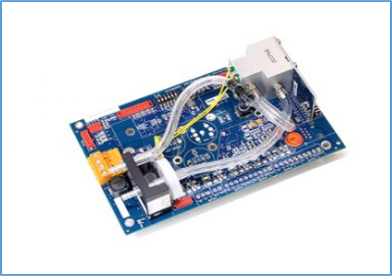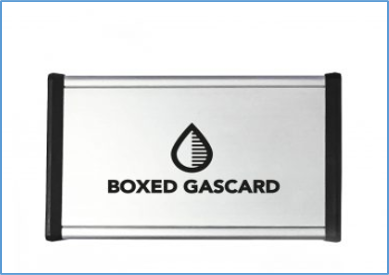What is HVAC and why is an Indoor Air Quality Testing needed?
Heating, ventilation and air conditioning (HVAC) is the technology of indoor and vehicular environmental comfort which aims to provide optimal wellbeing, safety and cost efficiency of those inhaling the air. This cannot be achieved without indoor air quality testing using an air quality sensor which enables us to analyse the quantity of different gases present in the air.
The measurement of Carbon Dioxide content within a room indicates the quality of the air, because too much CO2 can displace the oxygen present. This is important because it impacts the health and comfort for inhabitants of the building who may suffer breathing difficulties, fatigue or an increased heart rate as a result. Air quality can also be negatively affected as a result of increased levels of carbon monoxide, volatile organic compounds, particulates or bacteria. Therefore, ventilation is necessary in order to reduce the quantity of these contaminants.

In order for heating, ventilation and air conditioning to be implemented in the most economic and safe way we must measure gases such as the carbon dioxide concentration of the air which will inform us of how much HVAC we need. This will ensure that there is sufficient air circulation for us to be safe and comfortable and will prevent over-ventilation which could increase costs.
HVAC is therefore an important feature of vehicles, marine environments, residential and office buildings. Safe and healthy building conditions are regulated through the process of exchanging the air in a space with higher quality air in regard to oxygen replenishment and the removal of carbon dioxide, carbon monoxide, moisture and contaminants. Furthermore, the temperature is controlled and ventilation prevents stagnation, removes unpleasant smells and moisture and keeps interior air circulating as well as introducing exterior air.
If indoor air quality testing is not carried out, inhabitants can become ill and a condition called sick building syndrome may occur. Read our blog post on the prevention of sick building syndrome to find out more.
Edinburgh Sensor’s HVAC Gas Systems for Air Quality Detection
An Edinburgh Sensors air quality sensor uses non-dispersive infrared (NDIR) technology for the highly sensitive and failsafe detection of gases such as carbon dioxide. This is because CO2 absorbs infrared light very strongly and has characteristic fingerprint signals for unambiguous identification, which means that even trace amounts of gases can be detected.
The Gascard NG technology is already being used as part of integrated centrally-controlled ventilation systems for indoor air quality testing. The air quality sensor can provide fast and reliable CO2 concentration measurements in the range of 0 – 5000 ppm and the RS232 connections and ability to connect by USB for data logging means it is easy to work into integrated early-warning and detection systems.
In addition, we also offer the Boxed Gascard for indoor air quality testing for Heating, ventilation, and air conditioning. This contains the same Gascard NG technology but the convenient housing means that it can be installed straight away. The Boxed Gascard also offers excellent accuracy (±2% of range) over 0 – 45◦C and 0 – 95 % humidity meaning measurements can be relied upon no matter what the environmental conditions.
Get in touch for assistance with your Air Quality Detection…
If you are interested in finding out more about an air quality sensor for your heating, ventilation, and air conditioning, please do not hesitate to get in touch with a member of our team today as we look forward to being of assistance.
Alternatively, if you have enjoyed reading about indoor air quality testing and would like to know more, why not sign up to our infrequent newsletter via the button below and join us on social media for further news and research.



